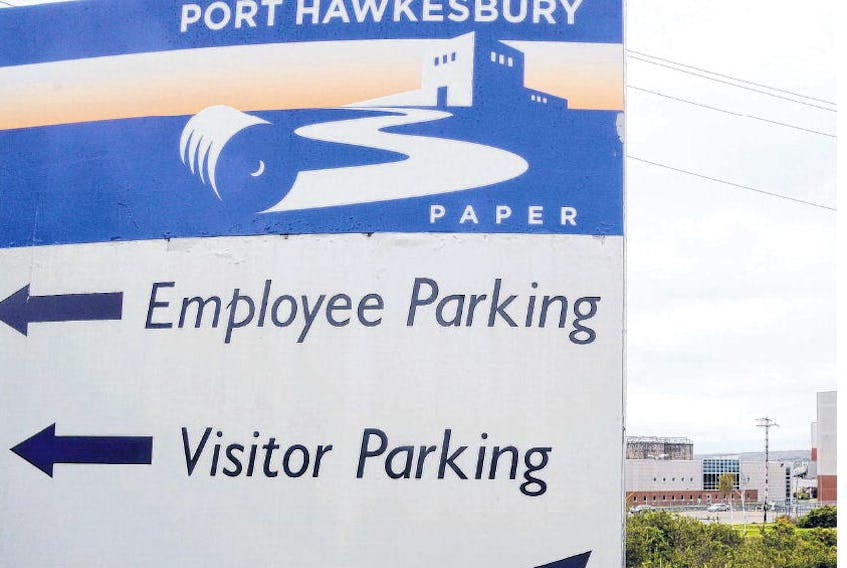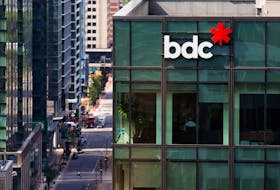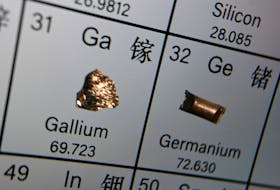In 2017 Port Hawkesbury Paper paid $3.1 million in stumpage fees to the province and was paid back $4.4 million for silviculture work.
The data was obtained by The Chronicle Herald through an access to information request.
The Department of Natural Resources and Port Hawkesbury Paper had refused to publish stumpage rates paid by the mill to the province for cutting on Crown land, despite the latter being a public resource, citing privacy concerns.
The operator of the Richmond County pulp mill also did not provide a breakdown of the silviculture work it had done in 2017 in exchange for the $4.4 million.
“Silviculture funding is an investment by the province in the future of Nova Scotia’s forests,” said Bevan Lock, spokesman for the mill.
That’s not what Peter Christiano calls it. “That means, basically, the province is paying them to cut the wood,” said Christiano.
“It certainly affects private landowners because if the province is paying them to cut on Crown landthen a private landowner can’t charge very much for stumpage.”
Christiano and his wife, Candace, owned Fine Wood Flooring in Middle River. The company, along with Rivers Bend Wood Products of Antigonish County and Group Savoie, which owns a AARON BESWICK • File
hardwood mill in Pictou County, had been in negotiations with the Department of Natural Resources to get access to Crown land in northern Nova Scotia before it was all handed over to the new operators of Port Hawkesbury Paper in 2012.
The Department of Natural Resources said, “Governments, in reaching negotiated licensing agreements with forestry companies, consider much more than earnings from stumpage fees paid by the company to the Crown.
“The province also considers the benefits a given company provides Nova Scotia such as: GDP, labour, income, jobs, and general revenue. Forestry in Nova Scotia provides about 11,500 jobs in total, with an economic impact over $2 billion in 2015.”
According to its own figures, Port Hawkesbury Paper directly spends $170 million a year in Nova Scotia. It, like Northern Pulp in Pictou County, also provides a destination for lowqualitypulpwood that helps sustain the sawmilling industry.
It’s hard to draw direct comparisons between PortHawkesbury Paper’s deal with the province andany other companies, because of the fragmented way in which Crown land is managed in Nova Scotia.
In the western end of the province, Westfor Management Inc. — a company owned by 13 mills there — is responsible for harvesting on Crown land.
“DNR looks after all the forest management processes, the longterm planning and the consultation with stakeholders,” said Marcus Zwicker, general manager for Westfor.
“Then they come to us and say you have the ability to harvest X number of tonnes, here’s the liabilities and here’s how much you’re going to pay for it.”
Westfor does not get direct funding from the province for silviculture work. Instead it pays a set rate per cubic metre of wood toward a silviculture fund and gets reimbursed if the work is completed.
Zwicker estimated they pay $5 million to $6 million in stumpage a year for their allocation of 300,000 tonnes to be harvested off Crown land and did about $850,000 worth of silviculture work. Stumpage rates charged to Westfor are based on an annual audit, conducted by an independent consultancy, of rates paid to private landowners around the province.
DNR did not say how it determines the stumpage rates it charges Port Hawkesbury Paper.









